Space Launch Complex 34
Take a 360-degree panoramic virtual tour at the historic Space Launch Complex 34 at the Cape Canaveral Space Force Station along Florida’s east coast. Be sure to view all nine (9) 360-degree panoramic images below to fully explore the abandoned aerospace facility. Do you like urban exploring? Here is a map with tons of GPS locations for you to get out and explore.
Click here to view it in fullscreen.
Here is an 8K 360VR video of the historic launch pad.
About the abandoned Launch Complex
Construction of Launch Complex 34 began on June 8th, 1959 for a missile named Juno V, under the direction of the Army Ballistic Missile Agency. Late in 1959, the name was changed to Saturn and the program transferred to NASA. On August 11th, 1960 final inspection of the blockhouse was completed.
The blockhouse is about 1,000 feet away from launch pad and is 120 feet in diameter, 30 feet high and has walls 5 to 7 feet thick. The launch pad consist of a reinforced concrete pad that is 430 feet in diameter and 8 inches thick. The launch pedestal is 42 feet square and stands 27 feet tall with a 26 feet exhaust opening.
By February 1961 the launch complex was occupied for service. On March 26th, 1961, the $4,000,000 service tower was moved on its tracks for the very first time. Between 1963 and 1965, the complex was modified to support the Saturn IB rocket. During October 1961 through October 1968, there were 4 Saturn I launches and 3 Saturn IB rocket launches.
January 27th 1967, tragedy struck on at 1831 hours when a flash fire in the capsule killed astronauts Virgil Grissom, Edward White III and Roger Chaffee. Following the tragedy at the pad on October 11th 1968, the first manned Saturn IB Apollo launch, the Apollo 7 mission, was launched from the complex. This is the only manned Apollo mission to take place at the Cape Canaveral Air Force Station. After this, the Apollo program continued from Kennedy Space Center and launched from Pads 39A and 39B.
By 1968, launch complex 34 was placed in stand-by status for possible us with the Skylab program but that did not happen. January 1, 1969, the complex is deactivated and mothballed in November 1971.
In April 1972, the service structure is scrapped. The cost of the launch complex was $6,216,000 and by 1966 grew to $25,340,000.
You can learn more about the historical launch complex on the Air Force Space & Missile Museum website. View more abandoned launch pads such as launch complex 14, launch complex 17 or launch complex 16 that were photographed in 360-degree spherical imagery. View on Google Maps. You can also check out our top abandoned places in Florida page.
Do you have 360-degree panoramic images captured in an abandoned location? Send your images to Abandonedin360@gmail.com. If you choose to go out and do some urban exploring in your town, here are some safety tips before you head out on your adventure.
Equipment used to capture the 360-degree panoramic images:
- Canon DSLR camera
- Canon 8-15mm fisheye
- Manfrotto tripod
- Custom rotating tripod head
If you want to start shooting 360-degree panoramic images, you might want to look onto one-click 360-degree action cameras.
Click on a state below and explore the top abandoned places for urban exploring in that state.
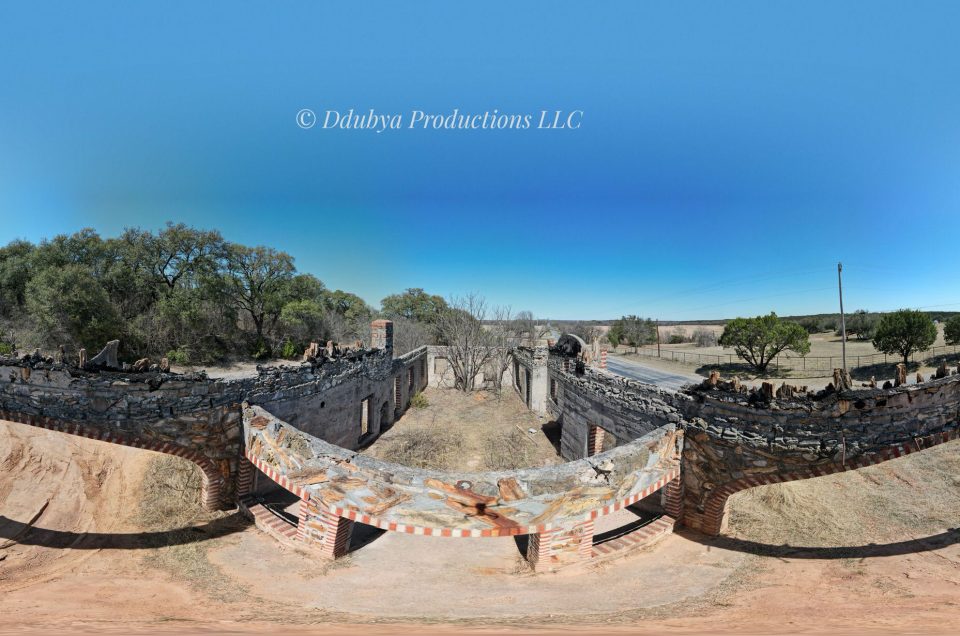
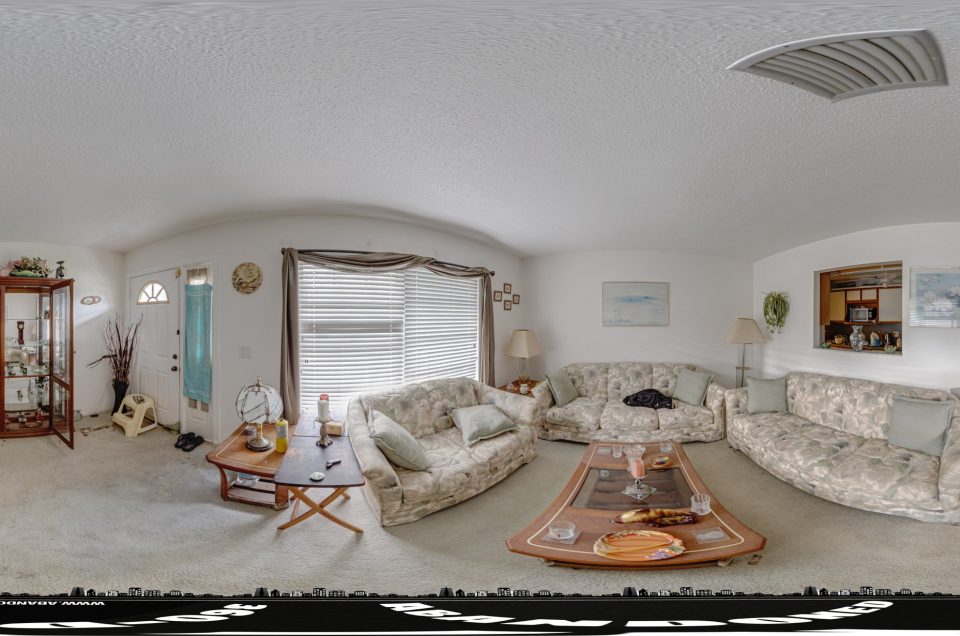
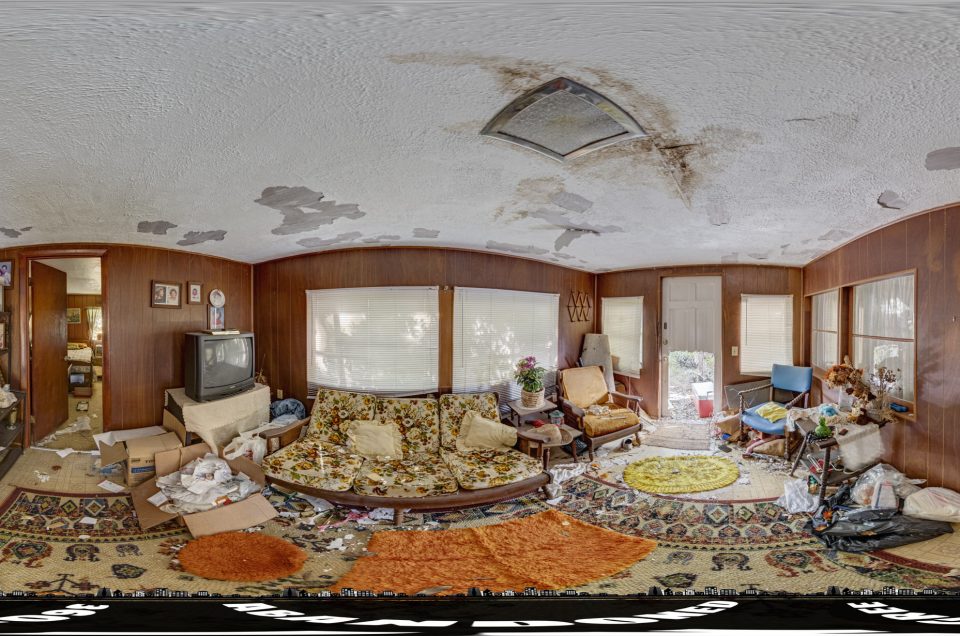










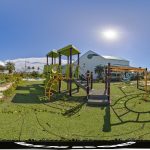
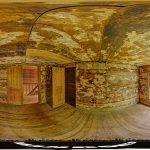
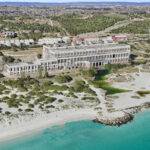
4 Comments
[…] Museum website. View more abandoned launch pads such as launch complex 14, launch complex 17 or launch complex 34 that were photographed in 360-degree spherical […]
[…] Force Space and Missile Museums website. View more abandoned launch pads such as launch complex 17, launch complex 34 or launch complex 16 that were photographed in 360-degree spherical […]
[…] by a company called Moon Express. View more abandoned launch pads such as launch complex 14, launch complex 34 or launch complex 16 that were photographed in 360-degree spherical […]
[…] aerostat balloon radar missions site. View more abandoned launch pads such as launch complex 17, launch complex 34 or launch complex 16 that were photographed in 360-degree spherical […]